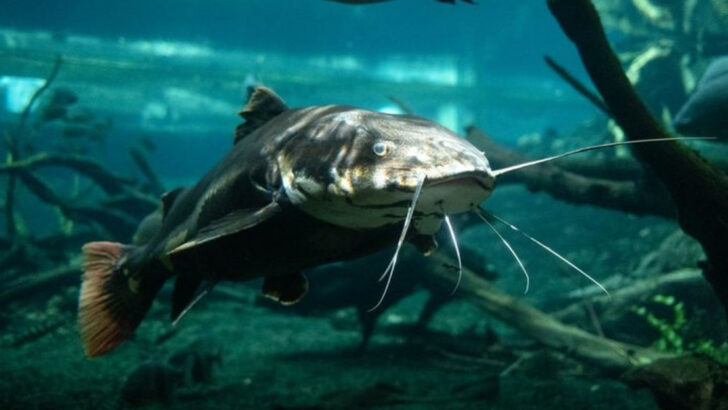Not all invaders are villains. Some are rewriting the script—and doing a shockingly good job of it.
While most invasive fish wreak havoc, a few have flipped expectations and started helping the waters they entered. Cleaning up messes. Controlling pests. Even creating habitats other species rely on.
It’s the aquatic plot twist no one saw coming. Fish once labeled as threats are now… unlikely heroes?
From coast to coast, these 16 invasive fish are stirring debate, raising eyebrows, and—strangely enough—making a real difference. Dive in and meet the outsiders turning tides.
Common Carp
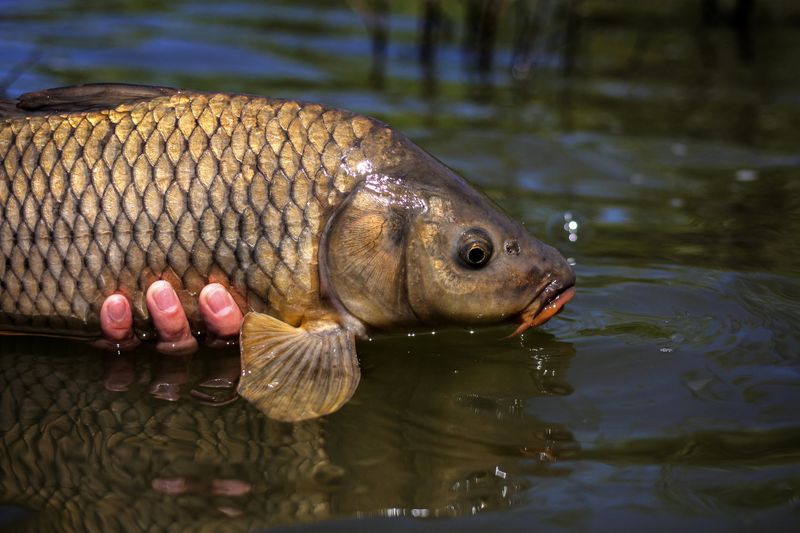
With its shimmering golden scales, the Common Carp may seem like a waterway invader, yet it plays a crucial role in reducing algal blooms. This fish has an impressive ability to churn up sediment, recycling nutrients beneficial for other aquatic life.
Moreover, the Common Carp contributes to water clarity by its constant foraging, which controls the overgrowth of certain plant species. This behavior inadvertently aids in maintaining a balanced ecosystem.
Interestingly, the species has been in North America for over a century, originally introduced for food and sport fishing.
Blue Tilapia
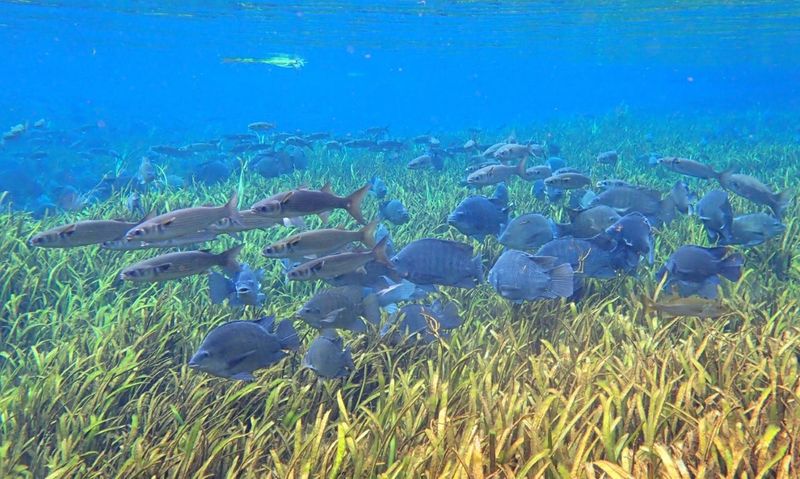
The Blue Tilapia, with its striking blue hue, is more than just a pretty fish. It assists in controlling unwanted aquatic vegetation, which can otherwise choke water bodies. This fish thrives in warm waters and adapts quickly to new environments, helping stabilize ecosystems.
Notably, Blue Tilapia have a dietary preference for algae, making them natural cleaners of waterways. Their presence ensures a healthier balance of aquatic flora.
Despite being non-native, Blue Tilapia are often farmed for food, which has led to their spread and positive impact on local water bodies.
Grass Carp
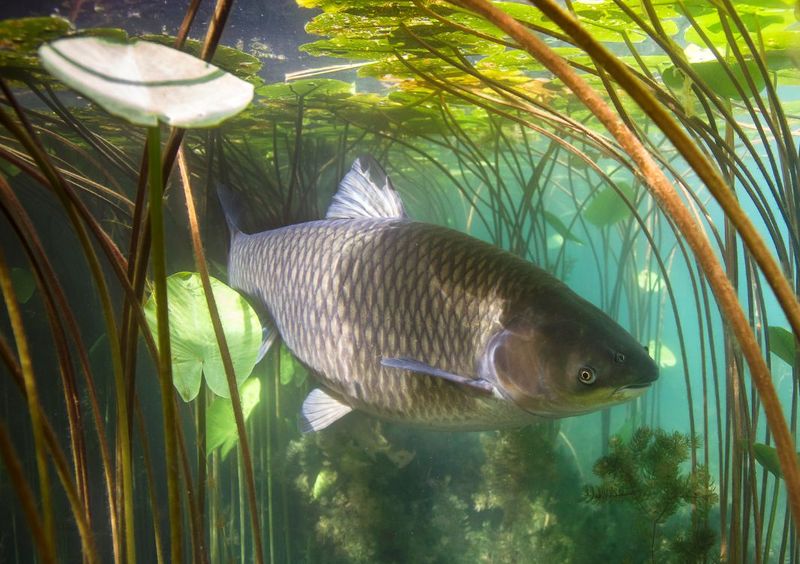
Grass Carp, known for their immense size and voracious appetite, are guardians against invasive aquatic weeds. Their presence in American waters has led to the reduction of overgrown vegetation, making waterways navigable.
These fish are often introduced intentionally to restore balance in ecosystems overwhelmed by plant growth. By consuming large amounts of vegetation, Grass Carp help maintain water flow and prevent flooding.
Interestingly, Grass Carp have been a popular choice in aquaculture due to their efficiency in controlling plant overgrowth without the use of chemicals.
Channel Catfish
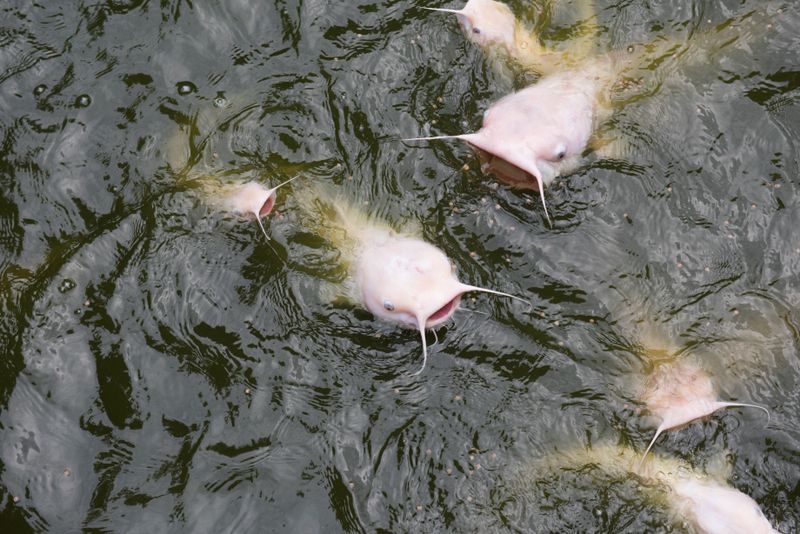
Channel Catfish, with their distinctive whisker-like barbels, are proficient scavengers. They play a vital role in cleaning waterways by consuming dead organisms and decaying matter. This natural cleaning process supports healthier aquatic environments.
As bottom feeders, Channel Catfish contribute to nutrient cycling, which is critical for maintaining water quality. Their presence helps balance ecosystems by keeping the detritus levels in check.
Interestingly, they are also a popular sport fish, which has led to their widespread introduction across various American water bodies.
Flathead Catfish
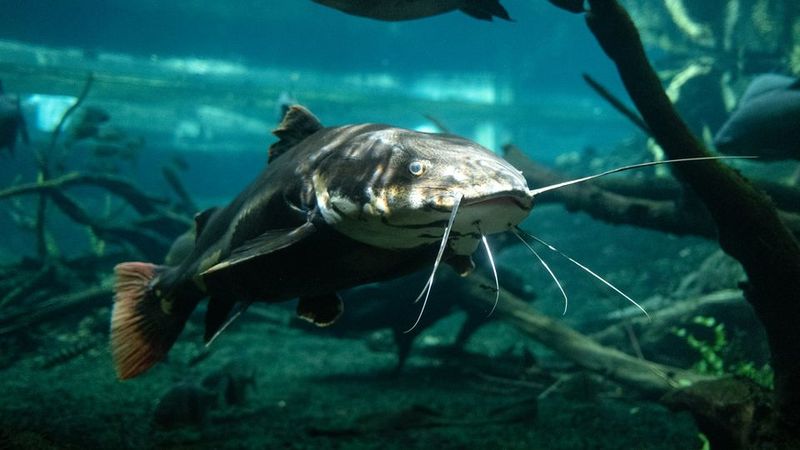
The elusive Flathead Catfish, with its unique flat head and mottled body, is a predator that helps control fish populations in American rivers. By preying on overpopulated species, it indirectly supports biodiversity.
This efficient hunter keeps certain fish populations in check, aiding in the prevention of stunted growth among fish communities. Such balance is crucial for a thriving aquatic ecosystem.
Flathead Catfish are often found in deep, slow-moving waters, where they have a notable impact on local fish dynamics.
Brown Trout
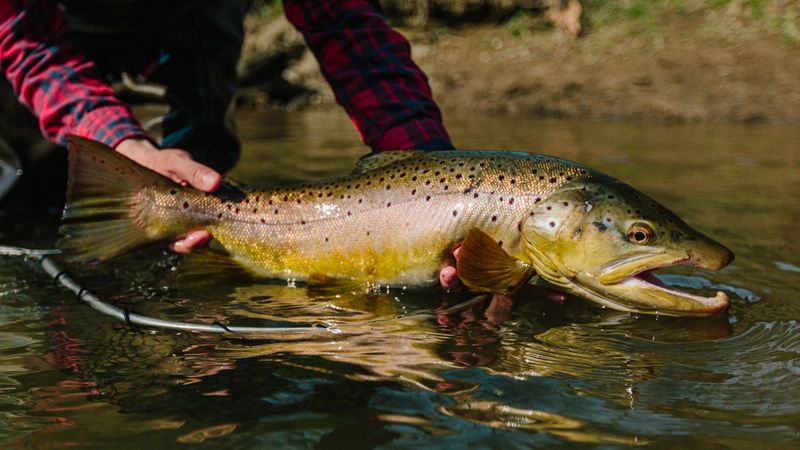
Brown Trout, with their speckled bodies, are a favorite among anglers. Their introduction to American waterways has led to enhanced fishing opportunities and economic benefits through tourism.
Besides their recreational value, Brown Trout are indicators of healthy water systems. Their presence often correlates with clean, oxygen-rich waters, benefiting other aquatic organisms.
Interestingly, Brown Trout have adapted to diverse environments, from mountain streams to larger rivers, highlighting their resilience and ecological importance.
Northern Snakehead
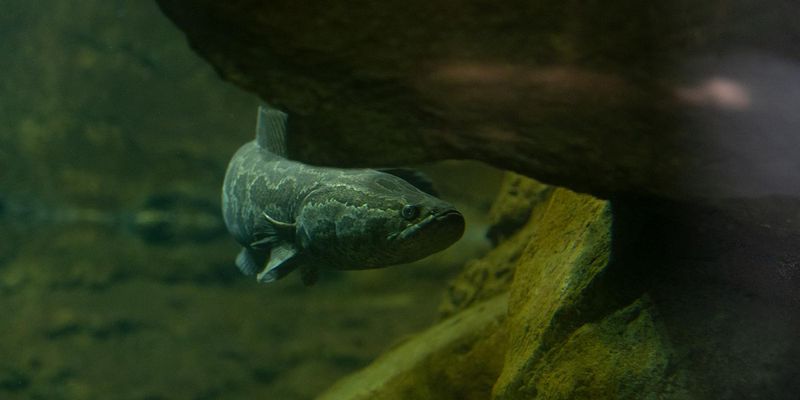
The Northern Snakehead, with its elongated body and menacing teeth, is often feared for its predatory nature. However, it helps control pest fish populations, which can lead to healthier ecosystems.
This voracious predator reduces competition among native species by keeping certain fish populations in check. Its role in balancing fish communities can enhance biodiversity and water quality.
Despite its fearsome reputation, the Northern Snakehead’s impact on pest control has garnered attention among ecologists looking to bolster aquatic health.
Asian Swamp Eel
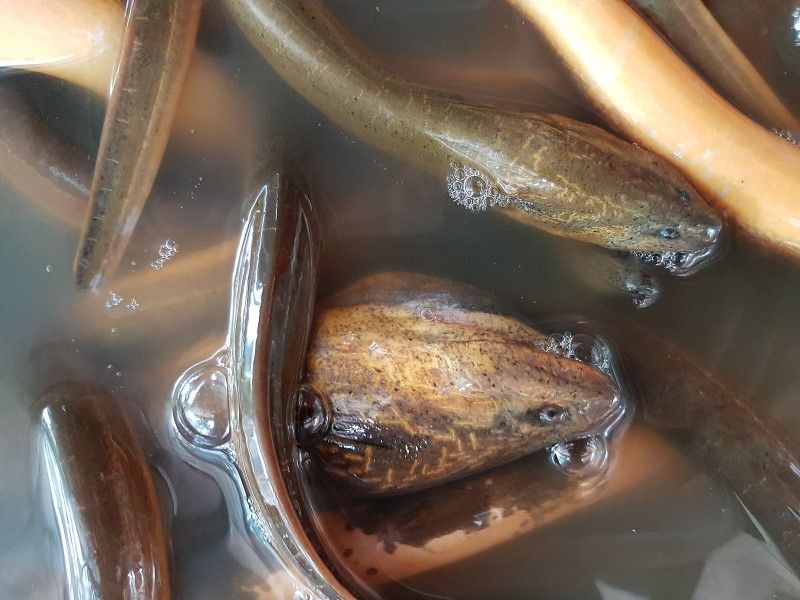
The Asian Swamp Eel, with its snake-like appearance, is a master of survival. It thrives in diverse environments, where it aids in maintaining ecosystem balance by preying on overabundant species.
This resilience allows it to inhabit various aquatic habitats, contributing to the control of pest populations. Its adaptability is key to its success as an invasive species making a positive impact.
Despite challenges associated with its spread, the Asian Swamp Eel’s role in pest control showcases its unexpected benefits to American waterways.
Lionfish
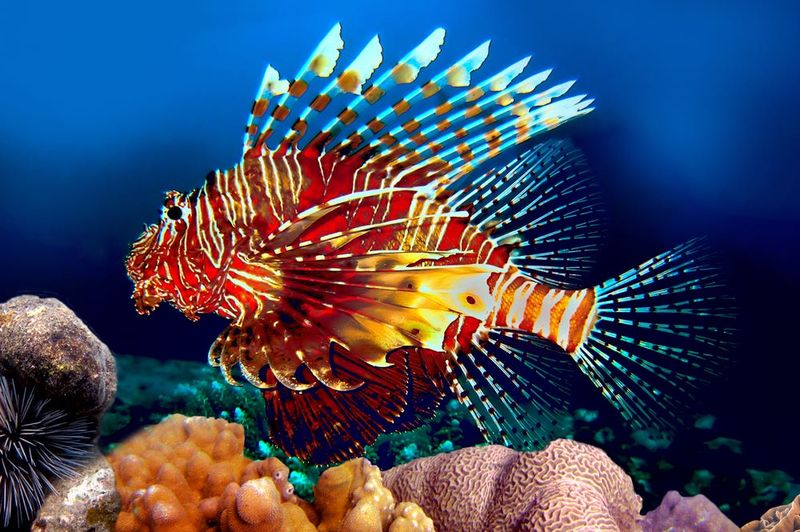
The Lionfish, with its striking appearance and venomous spines, is notorious in reef ecosystems. However, its presence in American waters has led to the control of other invasive species.
Lionfish are voracious predators, consuming large quantities of smaller fish that often disrupt coral reef balance. Their hunting prowess aids in maintaining diverse fish communities.
While management is essential to prevent overpopulation, the Lionfish’s predation on other invasive species highlights its complex role in aquatic ecosystems.
Zander
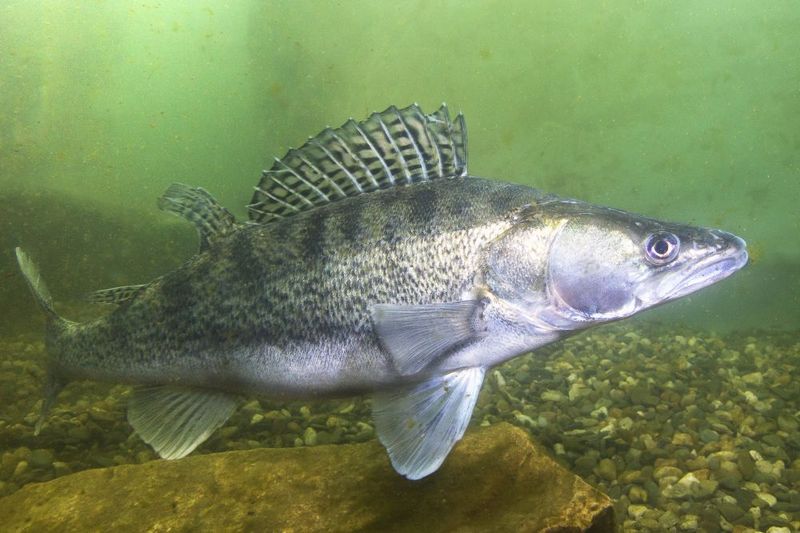
The Zander, resembling a cross between a perch and a pike, has made its mark in American lakes. Its introduction has bolstered fishing industries and recreational angling.
As an adaptable predator, Zander helps control fish populations, particularly those of invasive species. This regulation supports a healthier, balanced ecosystem.
Zander’s success in new environments underscores the potential benefits of certain non-native species when carefully managed and monitored.
Oscar Fish
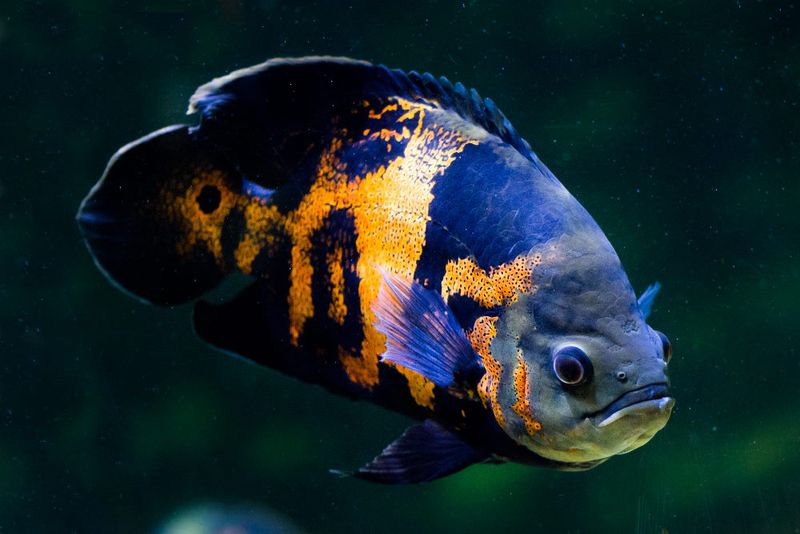
The Oscar Fish, with its vibrant colors and distinct personality, is a popular aquarium inhabitant. When introduced to natural environments, it regulates algae and pest populations.
Oscars exhibit territorial behavior, which helps maintain balanced fish communities in waterways. Their adaptability to various habitats underlines their ecological significance.
Though primarily known as pets, Oscar Fish have made positive contributions to water ecosystems by controlling unwanted species and promoting diversity.
Peacock Bass
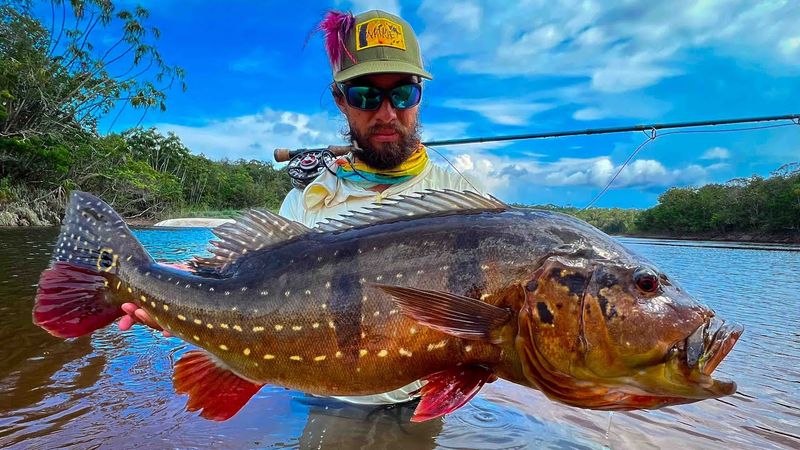
The Peacock Bass, named for its vivid colors, is a prized catch among anglers. Its presence in American waterways has led to increased recreational fishing activities.
As a top predator, it regulates fish populations, particularly invasive species. This control supports healthier aquatic ecosystems by reducing competition among species.
Peacock Bass not only boosts local economies through fishing but also contributes to the ecological balance of water bodies it inhabits.
Eurasian Perch
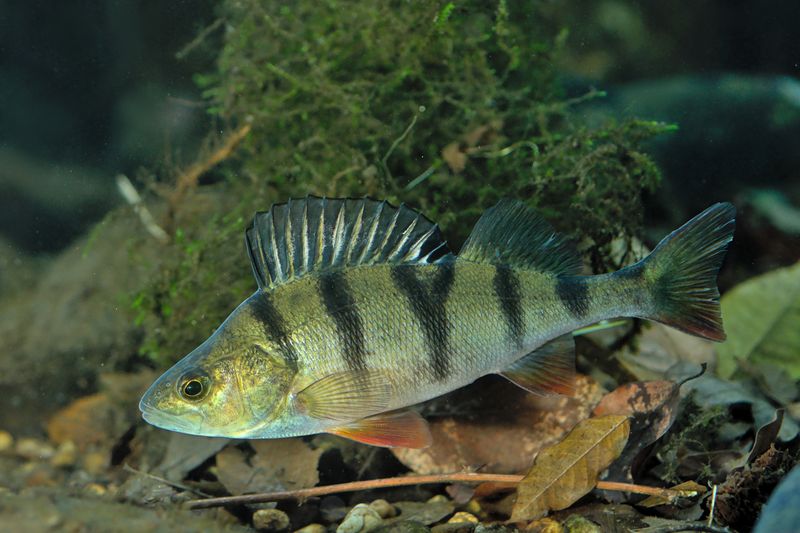
The Eurasian Perch, with its striking striped body, has carved a niche in certain American lakes. Its introduction has enriched biodiversity and fishing opportunities.
As a predator, it helps control overpopulated fish species, supporting balanced ecosystems. This role is essential in maintaining aquatic health and promoting diversity.
Despite being non-native, the Eurasian Perch has adapted well to new environments, showcasing the potential benefits of invasive species when managed responsibly.
Tench

The Tench, often called the “Doctor Fish,” displays an olive-green hue and a knack for thriving in muddy waters. It aids in controlling insect larvae populations, supporting ecosystem balance.
Tench are bottom-dwellers, which helps aerate lakebeds and improve sediment quality. This activity benefits other aquatic life by enhancing habitat conditions.
Historically valued for their healing properties, Tench have demonstrated ecological benefits in American waters by promoting environmental health.
European Carp
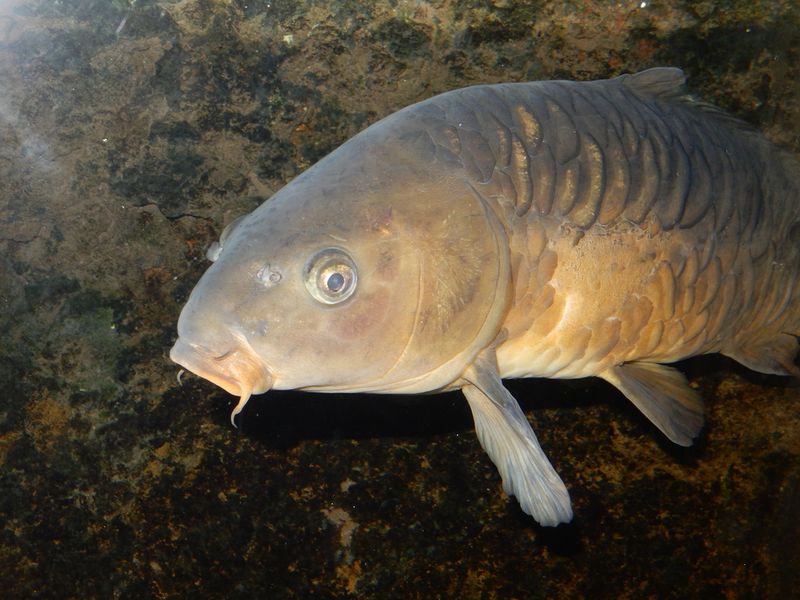
The European Carp, a relative of the Common Carp, is renowned for its adaptability. It plays a role in nutrient cycling within water systems, supporting plant growth.
By foraging on organic matter, European Carp help maintain water quality and clarity. Their presence can lead to healthier, more diverse aquatic ecosystems.
Despite challenges with overpopulation, European Carp have demonstrated benefits in certain environments, highlighting the complexity of invasive species impacts.
Silver Carp
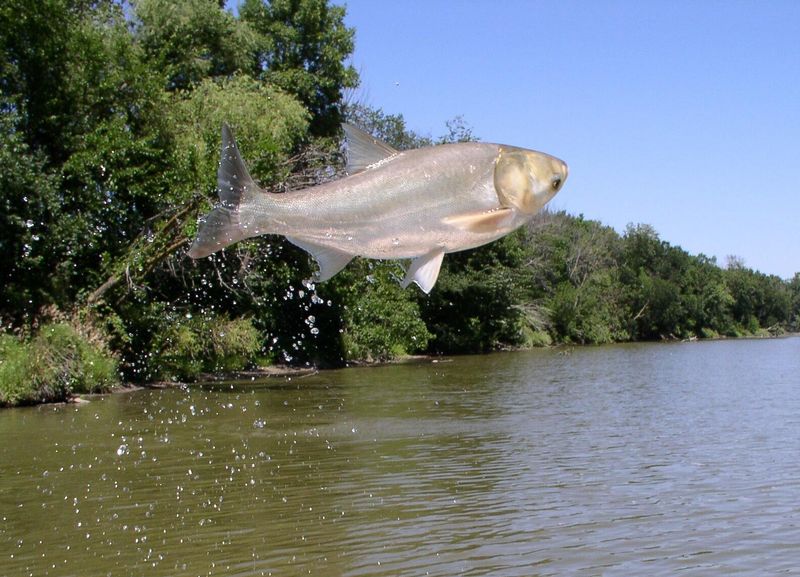
Known for its acrobatics, the Silver Carp is not just a spectacle but a significant player in maintaining aquatic health. While its rapid population growth poses challenges, its filtration prowess helps reduce algae blooms.
By consuming vast quantities of plankton, Silver Carp inadvertently support native fish by leaving more resources available. This action helps maintain clearer water, benefiting submerged vegetation and improving overall water quality.
Intriguingly, their presence has boosted local fisheries, offering new economic opportunities. Once viewed as a menace, Silver Carp’s role in ecosystem management is gaining appreciation. Its unexpected contribution continues to reshape perceptions.

